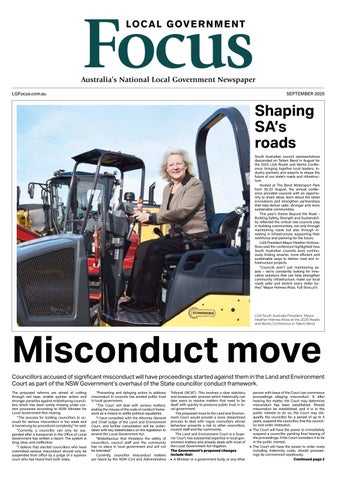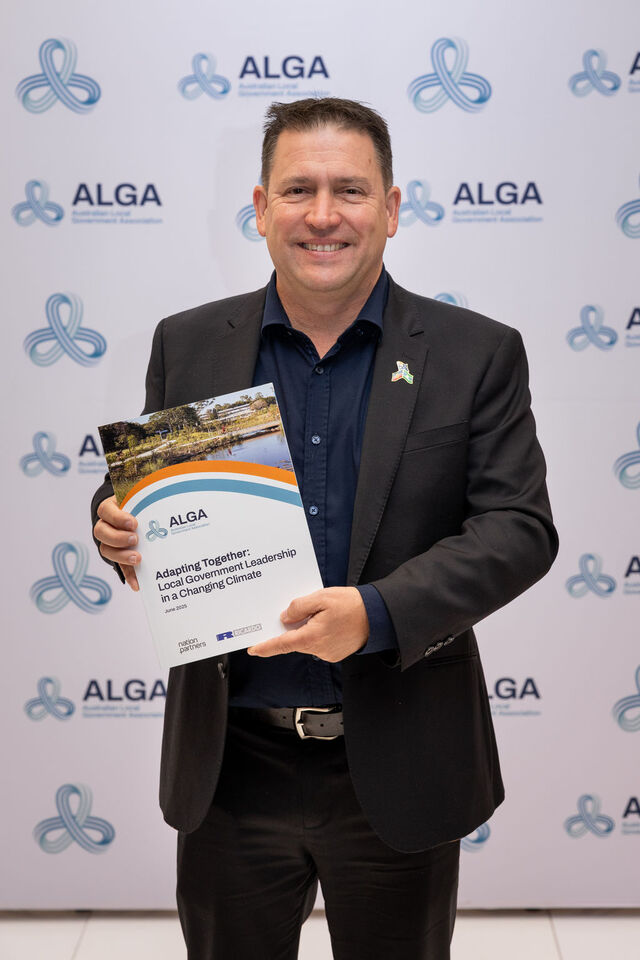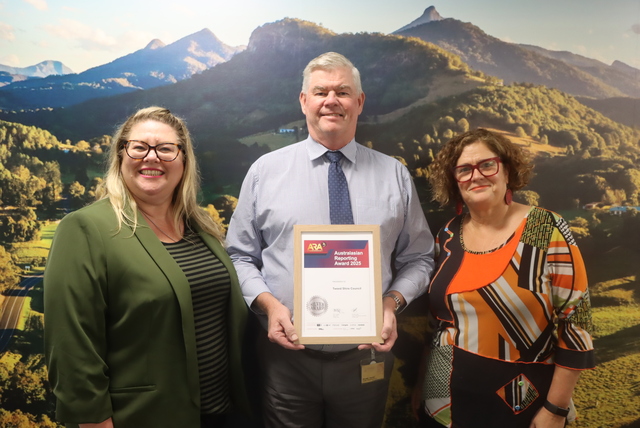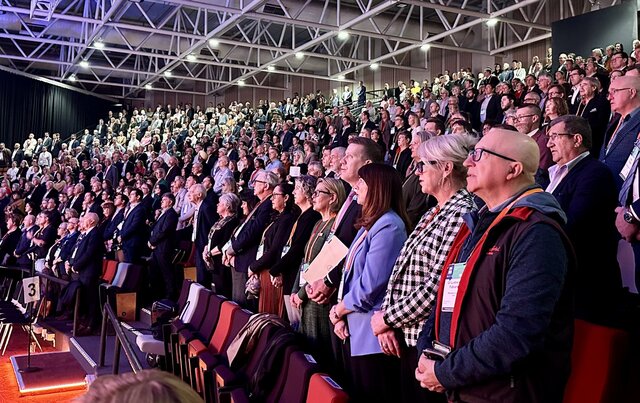In his address at the recent Local Government Association of Queensland’s Annual Conference, Geoff Allen from the Allen Consulting Group emphasised the fact that building and upgrading infrastructure plays a substantial role in economic growth. He added the quality of our built infrastructure is a key factor in our competitiveness in the global marketplace as well as improving the liveability and sustainability of our cities, towns and regions. However, he went on to say that, particularly at the Commonwealth and State levels, over the past two decades public infrastructure spending in Australia has not kept pace with economic growth.
With running budgets in surplus now seen as a Key Performance Indicator (KPI) for Governments, coupled with low taxes increasingly becoming another KPI, sourcing much needed funding to address the issue our rapidly ageing infrastructure is proving to be more and more difficult for councils.
The short term view where politicians are more concerned about the next election circle rather than the longer term consideration of the wellbeing of current and future generations is another offshoot of economic rationalism.
Compounding this problem, Geoff Allen also points to governments developing a ‘public debt phobia’. This is in spite of the fact that funding infrastructure through borrowing enables governments to spread the costs of major projects over a longer period of time and means that communities can gain the benefits sooner. In the last decade, Australia’s debt ratio to our Gross Domestic Product (GDP) has fallen dramatically from 20 per cent to 4.6 per cent, well below that of other OECD countries, the USA and Japan.
Government spending on infrastructure brings enormous economic and social benefits. The $1.2 billion injection of funding into local communities thanks to the Roads to Recovery program is clear testament to this. Local Government’s efforts to first win this funding, successfully deliver the huge benefits and then have the program renewed for a further four years, is no doubt one its greatest achievements in recent years. The multiplier effect in local communities providing a much needed economic boost, improved road safety and addressing the issue of failing infrastructure are just some of the positives from Roads to Recovery.
So long as governments can service their debt levels, and clearly explain to their constituents the immediate and long term benefits of their borrowing, then this has to be good public policy.
Individual Local Governments have proved this in recent years. Gosford City Council worked closely with its community successfully getting its residents to see that an increase in rates would enable borrowing to achieve a number of major community facilities now rather than wait 20 or 30 years for them to be built as funds became available. Similarly, Mosman Council was able to introduce an environmental levy after explaining to its community that a small increase in their rates would deliver immediate improvements to local waterways and their famous beaches.
In our own domestic situations, we don’t save for 30 years to purchase a home for cash. Most of us borrow so that we have the benefits of living in it over that period, not to mention the saved rent and increases in property values over that time.
As the current election campaign takes shape, Local Government needs to be pressing the major parties on the vital need for increased public spending on infrastructure.







